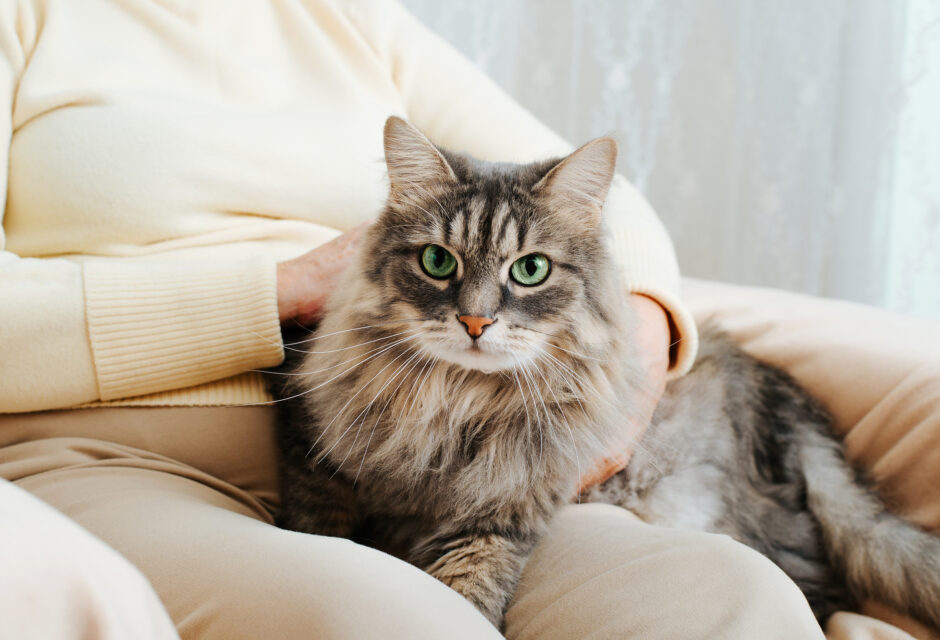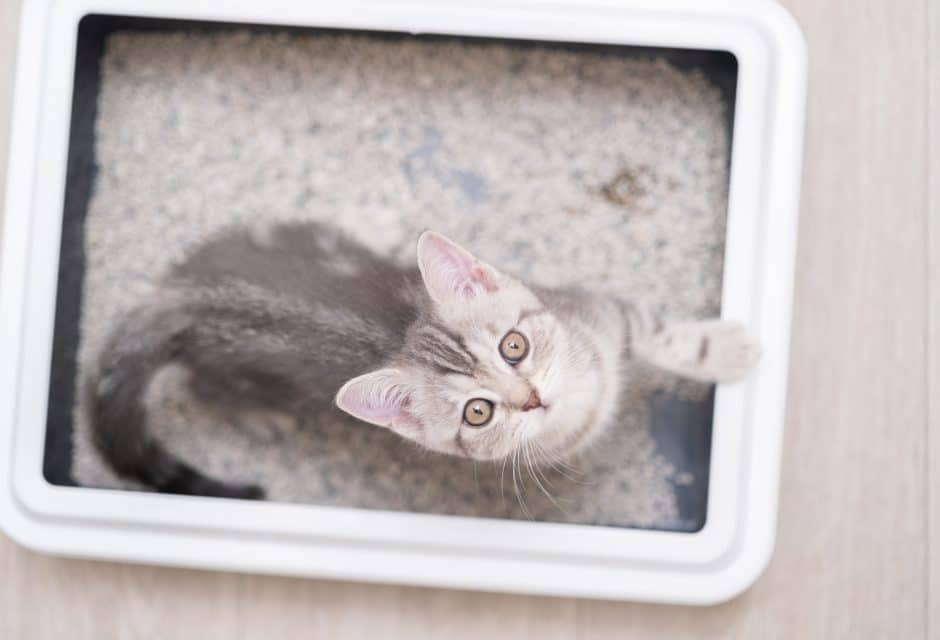

11 Tips For Improving Your Cat’s Behaviour
These 11 steps will encourage affectionate, bonded behaviour
If your cat’s behavior is far from friendly try these tips!

2. Be present. This is a biggie. Spending time with your cat is absolutely key to raising a friendly cat. If you’re not around and carving time out of each day to pet, play with, and bond with your cat, you can’t expect your cat to be well bonded and lovey. Make time for your cat. Two play sessions a day, morning and night, should be a minimum.

4. Affection, affection, affection. Baby-talk to your cat, make sure your home environment is set up to be feline-friendly (think things like more than one litter box—“The rule of thumb is one litter box per cat, plus one extra,” Jackson Galaxy says, plus vertical space, and food and water dishes separated), and spend time petting your cat each day—but not too much! Watch for signs of overstimulation; contrary to popular belief, cats don’t attack “out of nowhere”).

6. Talk to your cat. Using a friendly, slightly raised tone of voice, let your cat know what you’re doing. Repetition of words, especially if coupled with rewards, can help your cat anticipate certain behaviors, like dinnertime and bedtime.
7. Gently and gradually accustom your cat to visitors, children, and friendly dogs. The earlier you can accustom your cat to a variety of people, places, and things, the better and easier this process will be.
8. Cuddles are wonderful, but make time for playtime too. Play is a great bonding opportunity and fulfills important cat behavioral needs for your pet if done correctly. Make sure to allow your cat to make “the kill” at the end of your play session or he’ll be unsatisfied. For how to do this, read The All-Important Cat Play Sequence
9. Reward your cat’s attention. If your cat is winding around your ankles or jumps up for a cuddle, put down what you’re doing and reward her affectionate behavior with the acknowledgment she’s looking for.

11. Pheromones are you and your cat’s new best friend. Synthetic pheromone products mimic a cat’s behavior naturally occurring friendly pheromones that promote a calming effect in cats, help them handle stress better, and are used for communication between cats. For more on how pheromone products such as a spray or diffuser can reduce stress and encourage bonding behavior, read Feline Pheromones and How They Can Benefit Your Cat.
Join the newsletter and never miss out on cat content again!
"*" indicates required fields
By clicking the arrow, you agree to our web Terms of Use and Privacy & Cookie Policy. Easy unsubscribe links are provided in every email.

















